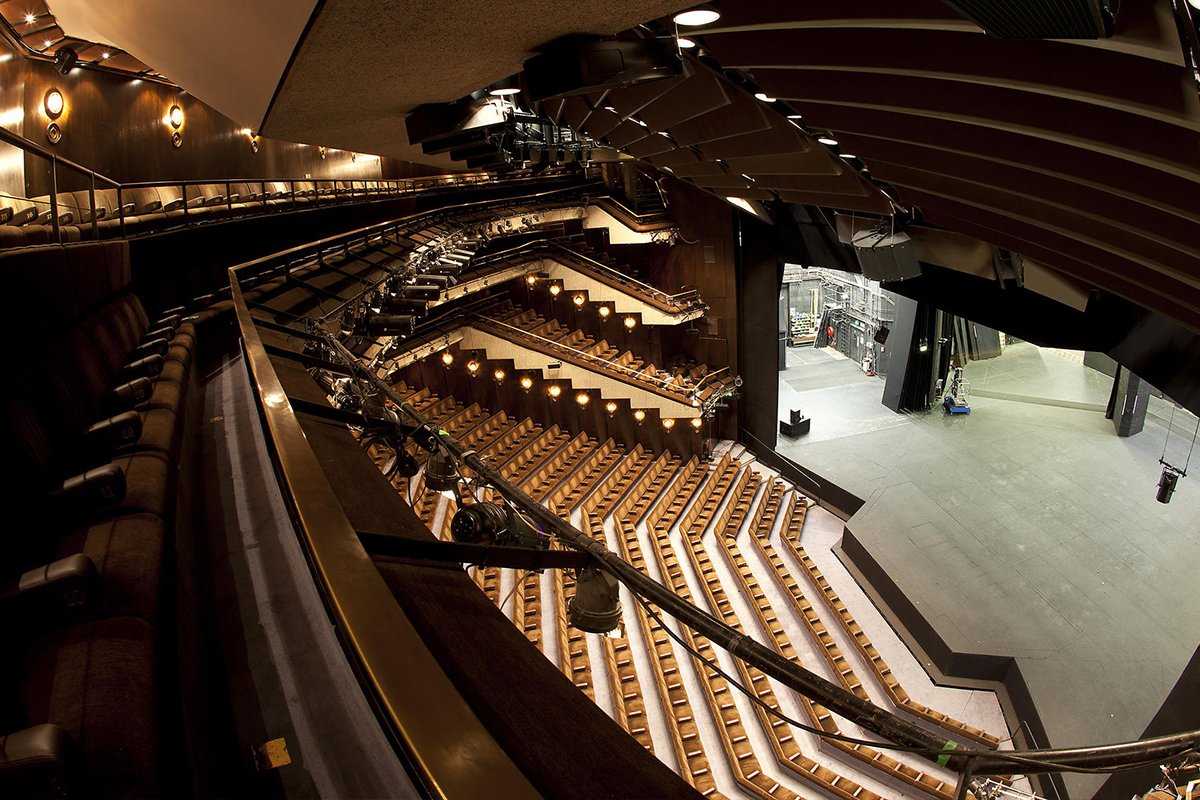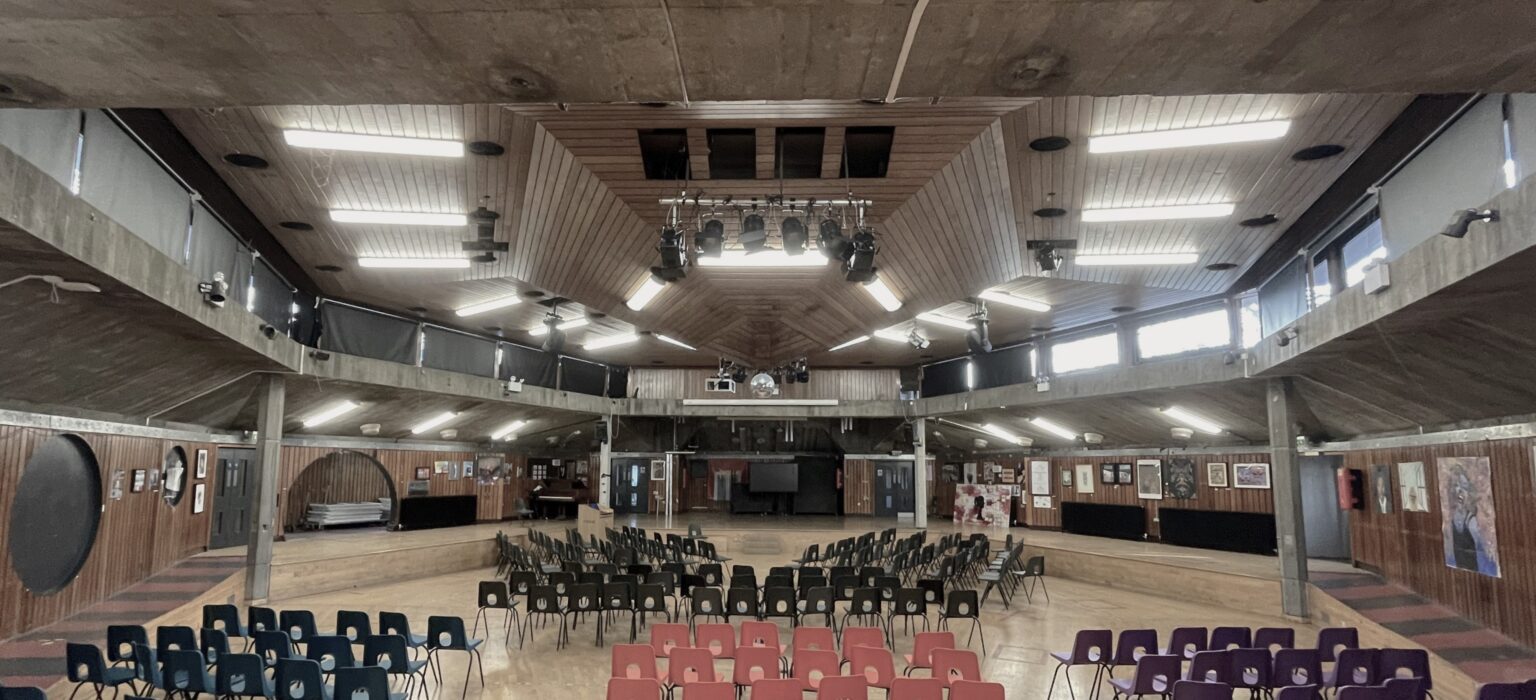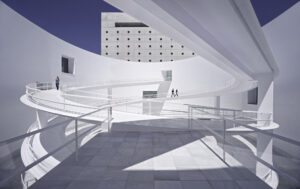A Grade II-listed school will serve as the permanent home of the contentious yet exquisite style known as the Museum of Brutalist Architecture (MoBA).
The term “brutalist” tends to polarize people. Some people associate it with chilly, immobile concrete blocks, which are emblems of poor urban design. Others see it as a passionate aesthetic characterized by honesty of material, raw, sculptural beauty, and a strong sense of civic ambition.
Regardless of your stance, the movement is unquestionably famous, and London—arguably the birthplace of New Brutalism—is currently cementing its worldwide cultural renaissance.
London is getting ready to host the first museum of brutalist architecture in history. A powerful statement about history, community, and the future of concrete, the Museum of Brutalist Architecture (MoBA) is more than just a typical gallery. It is an active reclamation of a vilified yet profoundly significant architectural concept.
MoBA’s site selection is an architectural statement in and of itself, guaranteeing that the museum is situated inside the precise framework of the movement it honors. This is the show itself, not merely a building housing an exhibit.

Museum of Brutalist Architecture (MoBA) Source: museumofbrutalistarchitecture.org
The Acland Burghley School Is the Ideal Host for Concrete
The Acland Burghley School’s Grade II-listed Assembly Hall in Camden, North London, will serve as the actual location for the Museum of Brutalist Architecture. This place is outstanding in a number of ways:
An Exhibit That Is Living and Breathing
The school itself is a wonderful, functional example of the Brutalist architecture, having been designed by the firm Howell Killick Partridge & Amis and finished in 1968. It is distinguished by its aggressive geometry, sense of strict structural clarity, and raw concrete surfaces. MoBA instantly re-establishes the movement in its original context—a location intended for public use and community improvement—by incorporating the museum into this living, working structure.

Museum of London Credit: Arnolt Smead
The Project ‘Hall for All’
The establishment of the museum is a component of the ‘Hall for All’ project, a broader, community-focused endeavour that has received more than £1 million in funding from the National Lottery Heritage Fund. The project’s goals are to update facilities for broader community usage, improve accessibility, and delicately return the school’s hexagonal assembly hall to its original Brutalist splendor.
The renovated hall’s entrance lobby will house MoBA, which will have a digital archive in addition to permanent exhibits. This multipurpose area embodies the Brutalist philosophy of architecture for all, fusing aesthetic vision with a distinct social purpose.
From “Ugly” to Iconic: Comprehending the Ethos of Brutalism
The concept of brutalism must be understood in order to appreciate the necessity of this museum. Many people incorrectly associate the term with “brutal” or harsh aesthetics. Actually, it’s derived from the French expression “Béton Brut,” which translates to “raw concrete.”
The Idealism of Post-War
Brutalism was a response to the flimsiness and ornamentation of previous modernist forms, and it emerged mostly in the United Kingdom in the 1950s and 1960s. Raw, exposed materials like concrete, brick, and timber were preferred by architects such as Ernő Goldfinger and Alison and Peter Smithson, who helped establish the New Brutalism.
The movement’s main principles were:
- Honesty of Material: Leaving building materials unadorned and displaying the concrete’s texture, which is frequently board-marked by the wooden formwork.
- Clarity of Structure: The building’s service towers, vents, and stairs were frequently portrayed outside as sculptures.
- Social Purpose: Many of the most well-known Brutalist buildings in the world were public buildings, including town halls, universities, libraries, and—most notably—social housing (such as London’s Trellick Tower and Barbican Centre). All citizens were supposed to be able to access the sturdy, respectable architecture.
 Barbican or the National Theatre Source: /searcys.co.uk
Barbican or the National Theatre Source: /searcys.co.uk
The Resurrection and Controversy
By the 1980s, brutalism had swiftly lost popularity despite its lofty aspirations. Due to the enormous scale of the design and the poor upkeep of large public housing complexes, the public began to link the aesthetic to governmental neglect and urban deterioration. Numerous works of art have been and continue to be destroyed.
However, a global push to rescue these buildings has been started by a new generation of artists, architects, and aficionados. This current assessment sees them as colossal, modernist sculpture—a priceless connection to post-war idealism—rather than as eyesores. A definitive result of this ‘Concrete Revival’ is MoBA.

Acland Burghley School Source: museumofbrutalistarchitecture.org
MoBA’s Future Goals: Going Beyond the Concrete
More than only architectural sketches and images can be found at the Museum of Brutalist Architecture. The project’s sponsor, Urban Learners, wants to highlight the movement’s cultural and human aspects.

Museum of Brutalist Architecture (MoBA) Source: museumofbrutalistarchitecture.org
Culture and Community
The museum’s primary objective is to “stimulate awareness of Brutalist architecture, to amplify its cultural and heritage value and explores, records, and celebrates the communities of these buildings.”
The museum is going to:
- Host Exhibitions: Organize exhibitions that highlight Brutalism-inspired art, photography, and film (which is frequently utilized as the setting for dystopian films like A Clockwork Orange).
- Gather Stories: Dispel the frequently unfavorable media portrayals by showcasing a permanent physical and digital archive of the people who lived, worked, and educated in these structures.
- Provide Educational Resources: To introduce students and the general public to architectural and social history, offer easily available resources, tours, and workshops.
The museum’s decision to use a school as its basis is crucial to achieving this goal since it enables it to foster in the next generation a fresh, critical appreciation of architecture.
The Raw Future: The Need for MoBA in London
Brutalism is a veritable gallery in London. The city’s concrete giants are iconic, ranging from Denys Lasdun’s National Theatre on the South Bank to the massive residential complexes of the Alexandra Road Estate (built by Neave Brown). However, their legacy is still dispersed and exposed in the absence of a specialized organization.
With MoBA’s anticipated 2027 debut, this significant juncture in architectural history will finally have a physical and intellectual anchor. It provides a permanent forum for discussion, celebration, and preservation of Béton Brut’s potent, unvarnished poetry for a worldwide readership.
This is more than simply a museum; it is a tribute to the timeless optimism, foresight, and unwavering integrity that concrete, in its most basic form, once stood for. The opening of MoBA in London will go down in history as a landmark event for architecture lovers everywhere.
For more blogs like this CLICK HERE!!
Reference:
Museum of Brutalist Architecture to Open at London’s Acland Burghley School | Architectural Record
The World’s First Museum of Brutalist Architecture to Open in London – Architizer Journal





